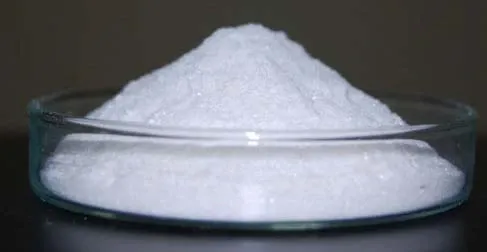
Sep . 14, 2024 09:10 Back to list
china white powder pigment lithopone
The Versatility and Application of Lithopone An Overview of China White Powder Pigment
Lithopone, often referred to as China white or simply white pigment, is a unique compound primarily composed of zinc sulfide (ZnS) and barium sulfate (BaSO4). This remarkable white powder pigment has gained prominence in various industrial and artistic applications due to its exceptional properties, which include excellent opacity, brightness, and permanence. As industries continue to seek environmentally friendly alternatives, lithopone emerges as a noteworthy contender in the world of pigments.
Originally developed in the late 19th century, lithopone was created as a replacement for more toxic white pigments like lead white and white lead. One of the most appealing characteristics of lithopone is its non-toxic nature; it is considered safer for use in a variety of applications, from construction to art supplies.
The Versatility and Application of Lithopone An Overview of China White Powder Pigment
In the plastics sector, lithopone serves as a brightening agent, enhancing the aesthetic appeal of plastic products. It can also improve the durability and UV resistance of plastics, making it a valuable addition to the manufacturing of products such as automotive components, household items, and packaging materials. Furthermore, its compatibility with a variety of resins allows for a seamless integration into different plastic formulations.
china white powder pigment lithopone

The rubber industry also benefits from the use of lithopone. As a filler, it helps to improve the tensile strength and elasticity of rubber products, while its white coloration aids in the production of light-colored materials. This versatility allows manufacturers to produce a wide range of rubber goods, from tires to industrial seals, without compromising on quality.
In addition to its industrial applications, lithopone is also favored in the art world, especially by artists seeking a reliable white pigment for their palettes. Its excellent opacity and smooth texture make it suitable for various painting techniques, including oil and acrylic paintings. Artists appreciate its neutral tone, which can be easily mixed with other colors, providing a balanced and vibrant palette.
Despite its many advantages, lithopone does have some limitations. For instance, it can be less stable under high temperatures and may experience a slight color shift when exposed to certain conditions. Additionally, advances in synthetic pigments have introduced alternatives that rival lithopone in terms of performance, although the eco-friendliness and safety of lithopone remain unmatched.
In conclusion, lithopone, or China white powder pigment, is a versatile and non-toxic white pigment with a wide range of applications across various industries. Its unique properties make it a valuable addition to paints, plastics, rubber, and even artists' materials. As industries push for greener and safer alternatives, lithopone is poised to maintain its significance within the pigment market, proving that it is more than just a bright white powder—it's a vital component in contemporary manufacturing and artistry.
-
Premium 6618 Titanium Dioxide for GPT-4 Turbo Applications
NewsJul.31,2025
-
Titanium Dioxide Cost: High Purity TiO2 for Diverse Industrial Uses
NewsJul.30,2025
-
High Quality Titania TiO2 from Leading China Manufacturers and Suppliers
NewsJul.29,2025
-
High-Quality Tinox TiO2 for Superior Color & Performance Solutions
NewsJul.29,2025
-
High Quality Titania TiO2 from Leading China Supplier & Manufacturer
NewsJul.29,2025
-
High-Performance r6618 TiO2 for Superior Whitening and Versatility
NewsJul.28,2025
